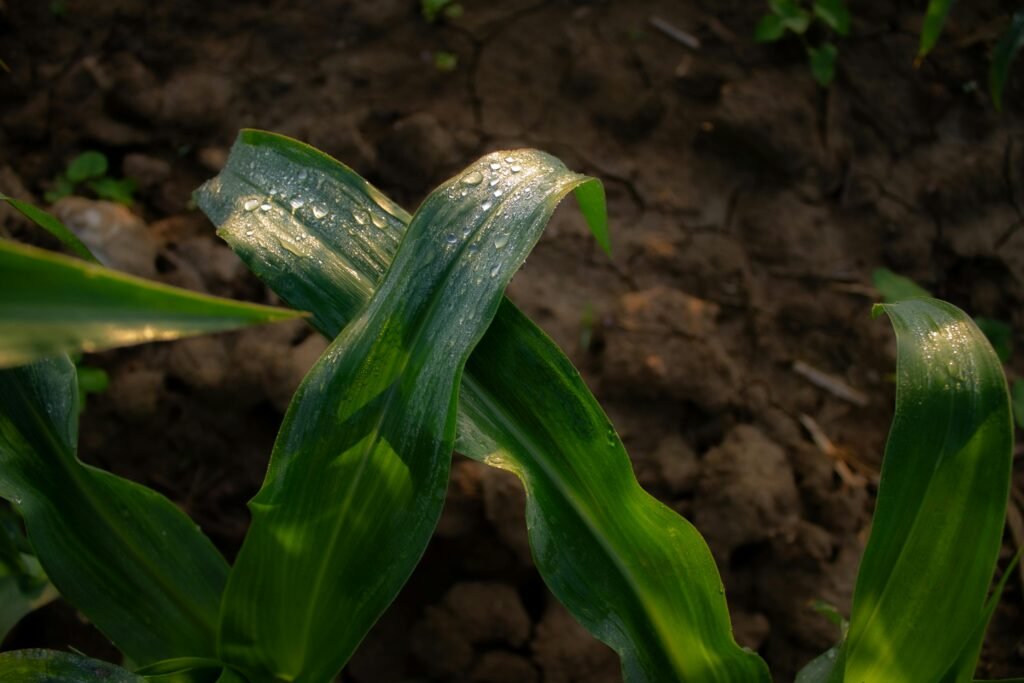Bulk Soil is often a misunderstood term—used in both scientific soil science and landscaping, with different meanings. This guide pulls both threads together, empowering gardeners, landscapers, and soil professionals to make informed choices and deepen their soil knowledge.
1. What Is “Bulk Soil”?
- Scientific definition: Soil outside the rhizosphere—not directly impacted by plant root activity; serves as a baseline for rhizosphere studiesWikipediaWisdom Library.
- Practical definition: Soil purchased in large volumes (typically by the cubic yard or meter), used in landscaping and gardeningRexiusThe Spruce.
2. Why This Dual Perspective Matters
Bridging both views helps:
- Scientists understand baseline ecosystems.
- Gardeners choose soil that supports healthy root zones.
3. Calculating Bulk Soil Needs & Costs
- A cubic yard (approx. 0.76 m³) covers ~100 ft² at 3 in depthThe Spruce.
- To calculate volume: length × width × depth → in cubic meters or yardsHomebuilding.
- Weight: Dry yd³ ~ 2,000 lb; wet may reach 3,000 lbThe Spruce.
4. Bulk Density & Soil Health
- Bulk density = mass of dry soil ÷ total volume (including pores)OSU ExtensionWikipedia+1.
- Ideal values for root growth: ≤ 1.5 g/cm³; > 1.6 g/cm³ is restrictivesoilquality.org.auOSU Extension.
- Higher bulk density = lower porosity, poor aeration, compactionWikipedia+1.

5. Choosing Quality Bulk Soil
- Assess texture: Loam (balanced sand, silt, clay) is ideal for drainage and nutrientsThe Spruce.
- Avoid bag pitfalls: Some bagged soils are just amendments—wood byproducts—not suitable as bulk topsoilReddit.
- Look for: screened, rich, crumbly soil with organic matter, neutral pH (~5.5–7.5)Better Homes & GardensThe Spruce.
6. Buying Tips & Cost Efficiency
- Buy bulk when: large projects—lawn renovation or garden beds. It’s more economical and eco-friendly (less packaging)RexiusThe SpruceAsphalt Materials.
- Delivery considerations: volume, site access, tipping zones.
7. Avoiding Compaction
- Use techniques to reduce compaction: avoid heavy machinery, incorporate organic matter, use mulch, minimize foot trafficWikipediaBetter Homes & Gardens.
- High organic matter helps buffer compaction and improve structureWikipediaOSU Extension.
8. When Bulk Soil Meets Science
- Scientists compare bulk soil (outside rhizosphere) to root-impacted soil to study nutrient cycling, microbial diversity, etc.WikipediaAvens Online.
- Understanding baseline bulk soil helps design experiments and understand soil-plant interactions.
9. Summary Table: Purchase vs. Scientific Insights
| Perspective | Purpose | Key Factors to Consider |
|---|---|---|
| Landscaping / Gardening | Buy & use large soil quantities | Volume, texture, organic content, cost |
| Environmental Science | Study baseline soil processes | Microbial communities, chemistry, ecosystem base |



